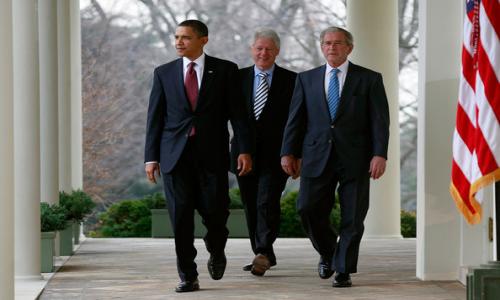Treasuries showed strength this week, with Treasury bond yields staying low despite continued supply via auctions. The Fed has signaled on many occasions that it expects rates to remain low for some time. This week it was the Fed Vice Chairman Donald Kohn who said that a “large and rapid rise” in short-term rates is unlikely because of slow or no worlwide economic growth and the lack of inflation. Indeed mortgage bond yields declined to their lowest levels in 3-months and mortgage rates are expected to follow these yields down.
Still with government borrowing expected to accleerate to fund the $1.85 trillion deficit, some analysts expect rates to rise as the supply of Treasuries overwhelms demand, forcing the government to raise the rate it offers to attract more buyers. That combined with some stirrings in the economy is the only hope at the moment that rates will rise in the medium-term.
So, far the data doesn't show any significant change in the current low-rate environment. As the chart below shows, long term 5-year CD rates seem to have largely stabilized with the average according to the BestCashCow rate table stabilizing in the 3.3% APY range. Rates on other products and terms though continue to drift lower. At this point, unless there is a significant uptick in inflation or economic growth, it's hard to see any change to this dynamic. While rates have pretty much stabilized, they have stabilized at a pretty low level. And at this point, if rates are going to move, it looks like they will still move gradually down.
There's no significant change to report in the spread between savings rates and 36-month CDs. The spread ticked up a bit but nothing that isn't within the normal range of the past few months. Notice that the spread between savings and 3-year CDs that we saw widen in the spring is still there, a sign that the economy is poised for expansion. One wonders who will blink first: will longer term CD yields come down in the absence of any sign of inflation, or will short term savings and CD accounts rise as the economy strengthens?
Based on this data, it would seem that any rate increases won't come until sometime in 2010. I would stay short-term and wait. An improving economy and a glut of Treasury debt will eventually put some pressure on rates.
The spread between the average BestCashCow savings rates and 36-month CD rates remains steady as the economy stabilizes and investors, banks, and consumers wait to get the next read on where the economy is going.













Comments
chriscd
September 24, 2009
Good graphs. We are also at or very near all time high spreads between 1-year and longer CDs and Fed Funds. I would expect the spread to decrease significantly as the fed raises rates. Eventually (like back in 2006), the curve will flatten.
Is this review helpful? Yes:0 / No: 0
Add your Comment
or use your BestCashCow account